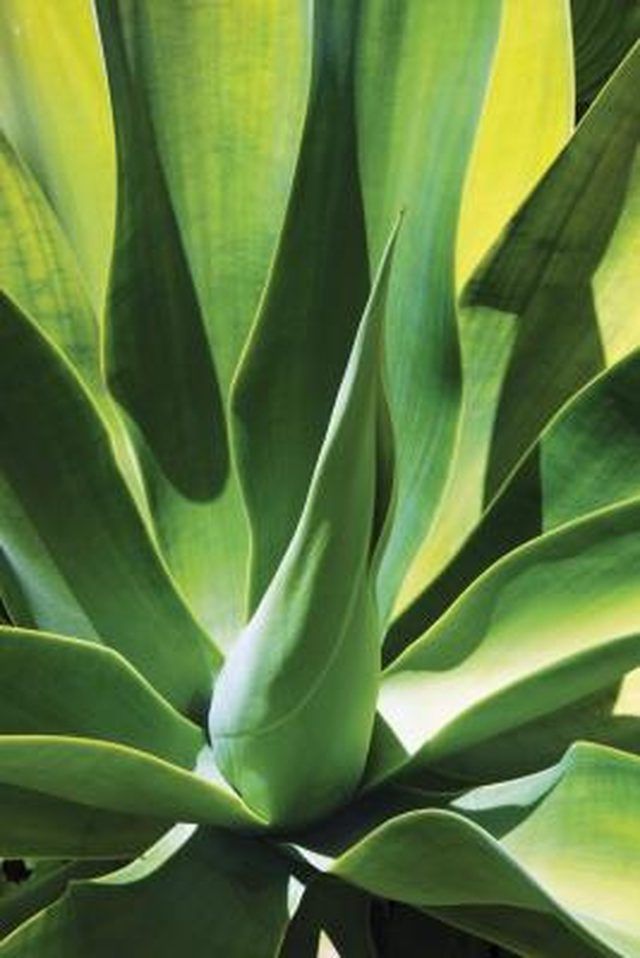Bulbs
Flower Basics
Flower Beds & Specialty Gardens
Flower Garden
Garden Furniture
Garden Gnomes
Garden Seeds
Garden Sheds
Garden Statues
Garden Tools & Supplies
Gardening Basics
Green & Organic
Groundcovers & Vines
Growing Annuals
Growing Basil
Growing Beans
Growing Berries
Growing Blueberries
Growing Cactus
Growing Corn
Growing Cotton
Growing Edibles
Growing Flowers
Growing Garlic
Growing Grapes
Growing Grass
Growing Herbs
Growing Jasmine
Growing Mint
Growing Mushrooms
Orchids
Growing Peanuts
Growing Perennials
Growing Plants
Growing Rosemary
Growing Roses
Growing Strawberries
Growing Sunflowers
Growing Thyme
Growing Tomatoes
Growing Tulips
Growing Vegetables
Herb Basics
Herb Garden
Indoor Growing
Landscaping Basics
Landscaping Patios
Landscaping Plants
Landscaping Shrubs
Landscaping Trees
Landscaping Walks & Pathways
Lawn Basics
Lawn Maintenance
Lawn Mowers
Lawn Ornaments
Lawn Planting
Lawn Tools
Outdoor Growing
Overall Landscape Planning
Pests, Weeds & Problems
Plant Basics
Rock Garden
Rose Garden
Shrubs
Soil
Specialty Gardens
Trees
Vegetable Garden
Yard Maintenance
Is Agave a Cactus?
Is Agave a Cactus?. The United States Department of Agriculture says that agave plants are members of the century plant family Agavaceae, while the perennial varieties known as cactus belong to the Cactaceae family.

The United States Department of Agriculture says that agave plants are members of the century plant family Agavaceae, while the perennial varieties known as cactus belong to the Cactaceae family.
Succulents
The agave plant is not a cactus, though both cactus and agave are classified as succulents, or "plants that have highly specialized anatomical features such as thick waxy cuticles, fleshy or minimal leaves, modified leaves (spines), and roots with extra storage capabilities for food and water," according to the University of Arizona Cooperative Extension Service.
Flowering
The majority of the hundreds of species of agave plant are monocarpic, meaning that they flower one time during their life, then die. This includes species like the well-known century plant, Agave americana, which may live as long as 30 years or more -- but never a whole century -- before flowering. Dependent on the species, the majority of cacti flower on a regular basis.
Leaves
Another significant difference between an agave and the cactus are leaves -- the agave possesses leaves and the cactus does not. Many agave leaves -- again, dependent on the species -- are edible, provided they are cooked. However, Native Americans in years past often used extracts from the uncooked agave leaf to poison the tips of their arrows.